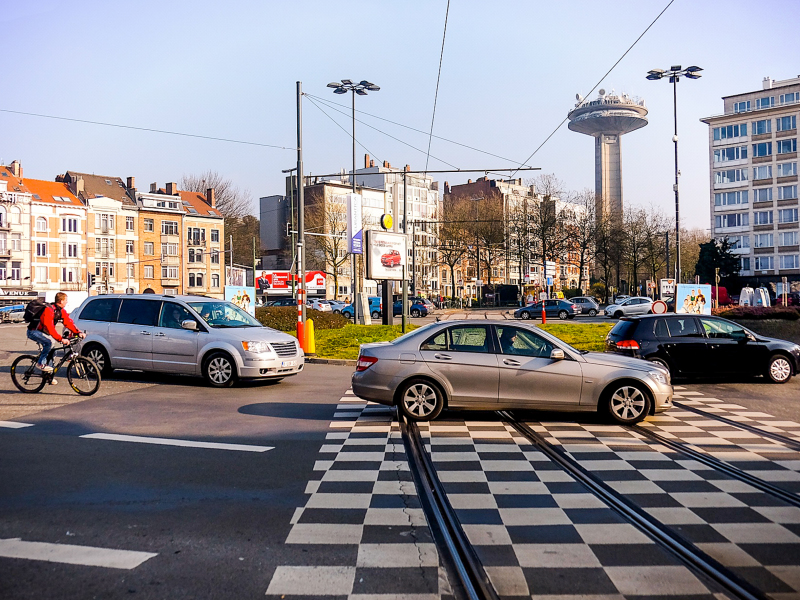Impact Assessment of Internalisation in Transport
12.22
2012
TML participated in a DG MOVE project, led by CE Delft, which applied the ‘polluter pays’ principle to identify measures for internalising external costs in road transport. This resulted in a survey of almost 400 measures.
The 'polluter pays' principle has long been a rule of thumb in European environmental policy. TML participated in a project for DG MOVE, in a consortium led by CE Delft, in which this rule was the guiding principle. The project took stock of existing measures to internalise external costs of all transport modes. The result is an overview of current pricing policies in the 27 EU Member States for the following seven topics:
In this, TML looked at road transport, while the other partners were responsible for rail, inland waterways, maritime transport, and aviation.
In total, a fiche was prepared for almost 400 measures, of which more than 150 were for road transport. These included the following types of measures:
More and more countries are incorporating the environmental characteristics of the road vehicles used into more and more taxes to offset the cost of emissions. Taxes are also increasingly shifting towards the use of the car. A good example is the application of road pricing, driven by technological progress.
The report also indicated the revenue generated by internalisation measures, in which measures the revenue was earmarked for specific uses, and what the administrative cost of the measures was.
The study found that excise duties on fuel generate the lion's share of revenue: some 170 billion euro, compared to 94 billion for all other measures (total EU 27).
In other modes of transport, almost only fuel excise duties and infrastructure taxes are applied and revenues are several orders of magnitude lower than for road transport.
The 'polluter pays' principle has long been a rule of thumb in European environmental policy. TML participated in a project for DG MOVE, in a consortium led by CE Delft, in which this rule was the guiding principle. The project took stock of existing measures to internalise external costs of all transport modes. The result is an overview of current pricing policies in the 27 EU Member States for the following seven topics:
- infrastructure (wear and tear),
- congestion,
- limited availability,
- accidents,
- climate change,
- air pollution, and
- noise.
In this, TML looked at road transport, while the other partners were responsible for rail, inland waterways, maritime transport, and aviation.
In total, a fiche was prepared for almost 400 measures, of which more than 150 were for road transport. These included the following types of measures:
- registration taxes,
- property taxes,
- excise duties on fuel,
- insurance taxes, and
- infrastructure taxes.
More and more countries are incorporating the environmental characteristics of the road vehicles used into more and more taxes to offset the cost of emissions. Taxes are also increasingly shifting towards the use of the car. A good example is the application of road pricing, driven by technological progress.
The report also indicated the revenue generated by internalisation measures, in which measures the revenue was earmarked for specific uses, and what the administrative cost of the measures was.
The study found that excise duties on fuel generate the lion's share of revenue: some 170 billion euro, compared to 94 billion for all other measures (total EU 27).
In other modes of transport, almost only fuel excise duties and infrastructure taxes are applied and revenues are several orders of magnitude lower than for road transport.


